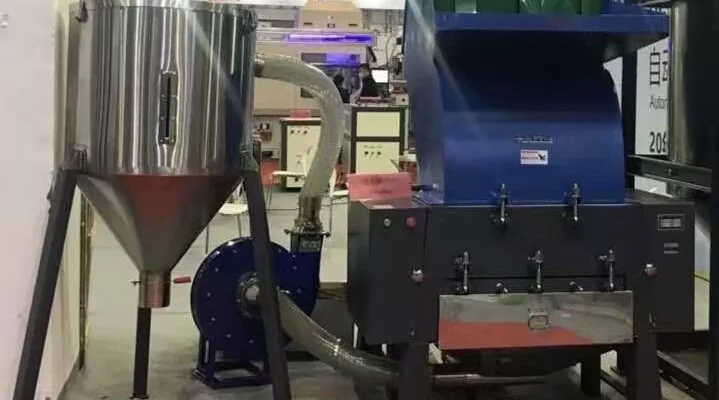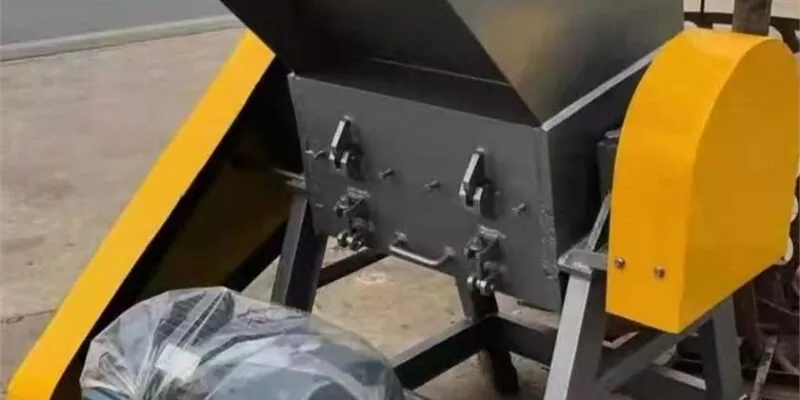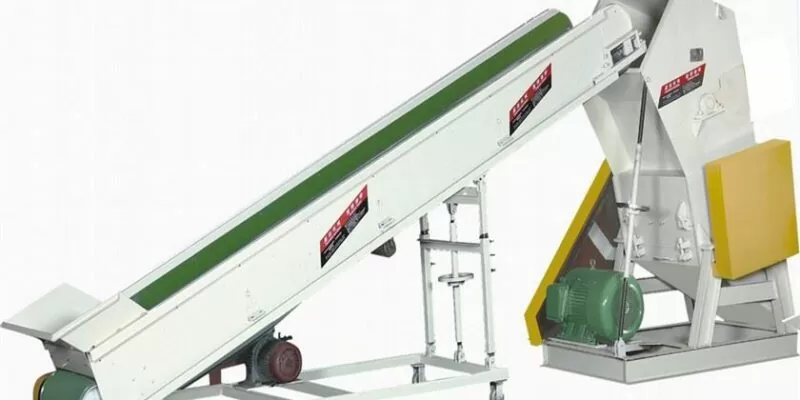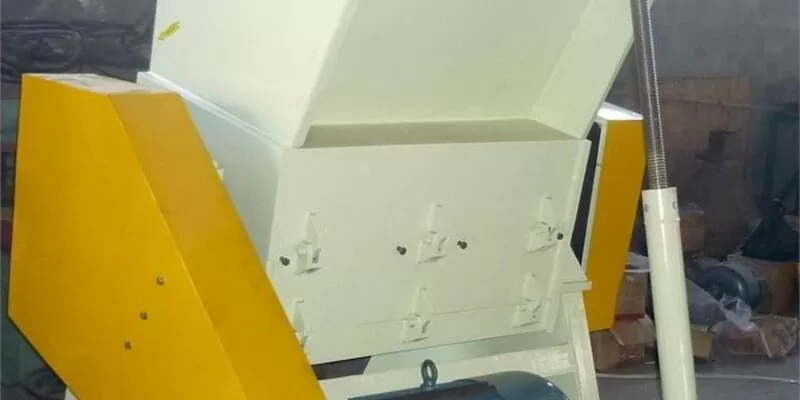I hit a ceiling last quarter. Our orders from Europe stalled. My team scrambled. We’d underestimated shifting demand. Regulations tightened. Competition surged. I worried our plastic shredders would gather dust. Customers demanded higher throughput and energy efficiency. They craved smarter, greener solutions. We needed answers fast. We faced lost revenue and a bruised reputation.
In essence, the EU and US plastic crushing equipment markets have matured into highly competitive arenas, driven by stricter environmental regulations, rising recycling targets, and technological innovation; manufacturers who embrace energy-efficient designs, smart automation, and circular economy principles will lead the next wave of growth.
I’ll unpack the details. Stick with me. I promise clarity.
I remember when shredders were simple beasts. Now they’re IoT-enabled powerhouses.
Machine builders vie on specs, not just price. Users demand data, not just torque.

How Big Is the EU & US Market Today?
Market size matters. In 2024, the combined EU & US plastic crusher market value reached approximately €1.2 billion. Growth hovered around 5% annually.
Demand soared from recycling plants. Capacity expansions drove new purchases. Automotive and packaging sectors fueled orders.
What Regulatory Forces Shape Demand?
Tough rules push innovation. The EU’s 2023 Packaging Waste Directive mandates 65% recycling rates by 2025. In the US, state laws like California’s AB 793 require recycled content in containers.
These policies force processors to upgrade shredders. They need higher purity output. And consistent particle size.
Processors can’t afford non-compliance fines. They need traceability. Smart crushers now log run times and material batches.
What Are the Key Market Drivers?
Several factors accelerate demand:
- Circular Economy Goals: Brands pledge 100% recycled content by 2030.
- Energy Efficiency: Crushers consume up to 40 kW per ton; buyers seek lower kWh/kg metrics.
- Automation & Industry 4.0: Remote monitoring, predictive maintenance, and AI optimize uptime.
Each driver raises the bar. Suppliers race to field smarter, greener machines.

What Challenges Hamper Growth?
No market is perfect. Challenges include:
- Feedstock Variation: Mixed plastics clog machines. Pre-sorting adds cost.
- Technological Barriers: Legacy plants resist massive upgrades.
- Supply Chain Strains: Steel and electronics shortages inflate lead times.
Tackling these issues demands cross-discipline collaboration.
Which Technologies Are Gaining Traction?
The next-gen crushers pack features:
- Variable-speed motors: Match power to load. Save energy.
- Smart Control Systems: Dashboards track performance metrics live.
- Modular Rotors & Screens: Quick-change parts slash downtime.
I’m betting on hybrid shredders—combining coarse and fine units in one frame.
How Are Companies Differentiating Themselves?
At Amige, we emphasize service. We offer pay-per-hour shredding analytics. Clients access a web portal showing machine health.
Competitors tout blade geometry or rotor speed. We champion lifetime costs and carbon footprints.

What Role Does Sustainability Play?
Processors now calculate CO₂ per kg of throughput. They demand EPDs (Environmental Product Declarations).
We created a carbon calculator. It compares dieseling vs. water-ring cutter energy use. Clients love the transparency.
With ESG scores rising in importance, shredders become part of corporate reporting. You can’t ignore that.
Where Is Innovation Headed?
I see three major trends:
- AI-Driven Maintenance: Predict failures before they happen.
- Cold-Crushing Techniques: Reduce heat-related polymer degradation.
- Mobile Shredders: On-site units that travel to remote recycling hubs.
Each promises lower costs and higher yields.
How Will Market Dynamics Shift by 2030?
By 2030, I predict:
- Consolidation: Fewer, larger suppliers. M&A will accelerate.
- Customization: Buyers demand tailored solutions for niche feedstocks.
- Data Services: Machine manufacturers act as analytics providers.
Those who ignore the trend risk obsolescence.

What’s Amige’s Strategy for Success?
We’re doubling R&D spend on:
- Smart Sensors: Piezo-electric vibration and acoustic monitoring on rotors.
- Green Drives: Integrating regenerative braking in shredders.
- Digital Twins: Virtual replicas for rapid troubleshooting.
Our goal: slash total cost of ownership by 20% in five years.
How Can Customers Prepare?
If you’re a recycler or OEM, consider:
- Audit Your Line: Identify bottlenecks and energy hogs.
- Pilot Smart Upgrades: Test sensors on one unit.
- Train Your Team: Invest in operator digital-skills training.
Small steps lead to big gains.
What Risks Should You Watch?
Market headwinds include:
- Raw Material Volatility: Changes in oil prices affect virgin vs. recycled economics.
- Regulatory Shifts: Sudden policy changes can derail investments.
- Cybersecurity Threats: Networked machines need robust IT protections.
Staying agile is key.
Why the Time to Act Is Now?
Every month you delay, you miss efficiency gains. Early adopters will reap first-mover advantages. They’ll lock in lower operating costs and stronger ESG credentials.
I learned it the hard way. Hesitation cost us market share. I won’t let that happen again.
Conclusion
The EU & US plastic crushing equipment markets are evolving fast. Embrace smart, green, and data-driven solutions. Innovate boldly. Collaborate with experts. That’s how Amige—and you—will thrive in the circular economy.
